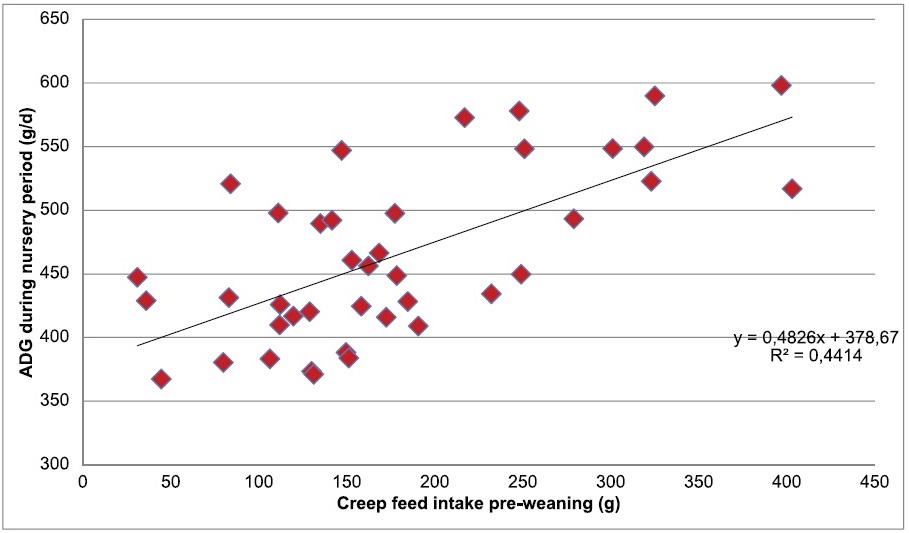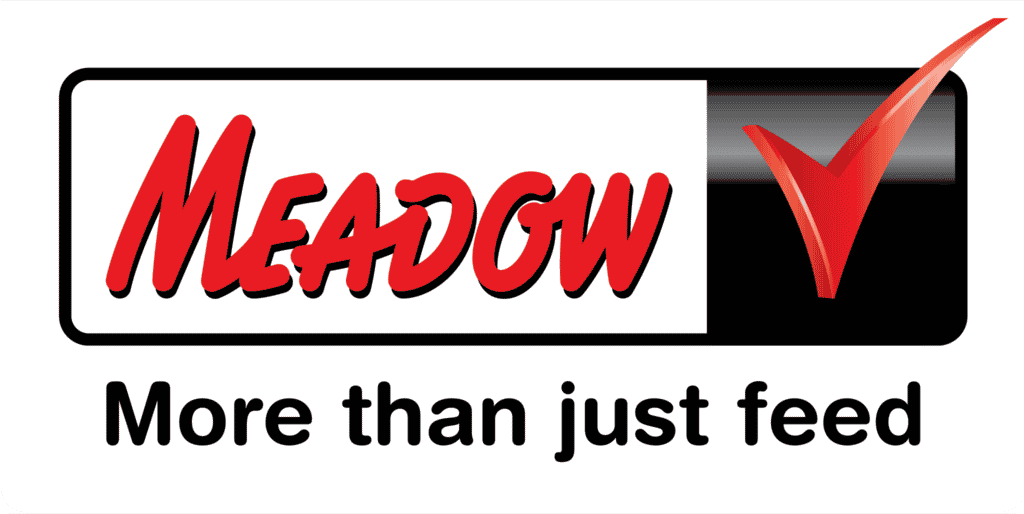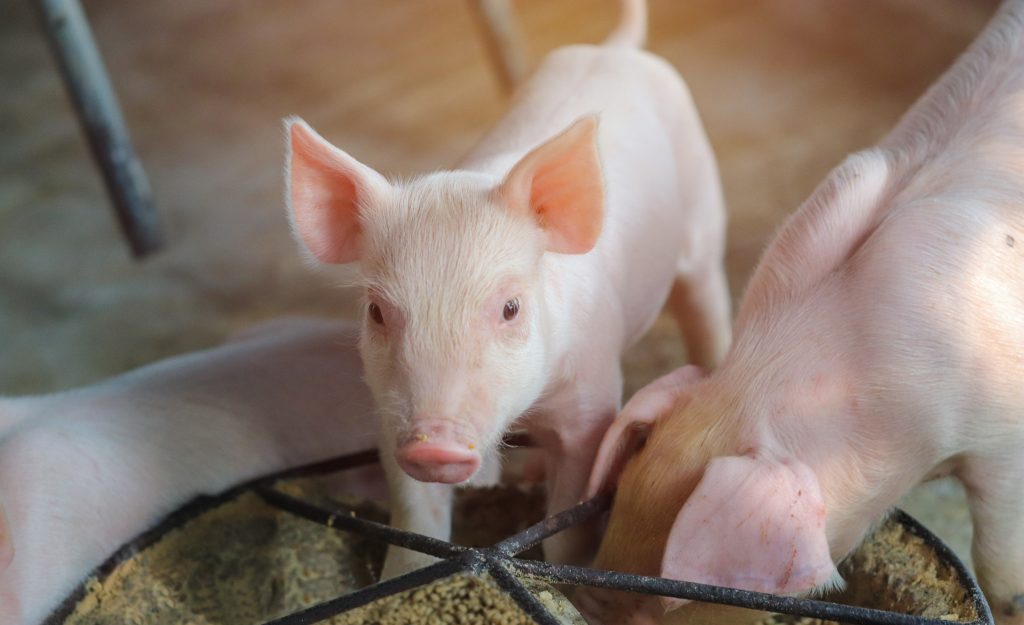The impact of weaning is well documented for increasing stress levels, lowering nutrient uptakes, and increasing digestive disorders in newly weaned pigs. The key to reducing these negative effects is to firstly prepare the piglet correctly for weaning and, secondly, provide the necessary post-weaning environment and care for the piglets. It is important to consider practical management practices around the weaning period from a feeding perspective. Reducing the drop in post-wean growth performance can have a significant improvement on the entire growth performance of the pig right up until slaughter, emphasising the importance of this phase in the pig’s life.
Three important fundamentals in preparation of weaning
- Practical management practices that encourage healthy sows and piglets are essential for the weaning process to be successful.
- The amount of pre-weaning piglet creep feed intake plays a vital role in post-weaning piglet performance. Piglets that are accustomed to creep feed pre-weaning generally begin eating sooner after weaning and have a more developed digestive system. Figure 1 shows the importance of achieving a higher pre-weaning creep feed intake and its effect on the post-wean growth performance of pigs. The graph shows how an average increase of 100 g of creep feed intake per piglet during the pre-weaning period can result in an average daily gain (ADG) increase of 50 g per piglet during the nursery period (wean to 9 weeks of age).
- Preparation of a five-star environment for the piglets in the weaner house is an integral part of assisting piglets to transition properly after weaning. Ensuring the correct hygiene, temperature, ventilation, lighting, water requirements, and feed presentation can all contribute to creating such an environment.

period (source: Cargill International, internal research).
The importance of weaning age on post-wean performance
A higher weaning age is not only beneficial for the digestive system development but also the immune system of the piglet. Therefore, weaning age can have a significant impact on the post-wean growth and health performance of piglets.
How to encourage post-weaning feed intake
- Newly weaned pigs are social eaters; the sight of other pigs eating will stimulate feeding behaviour. A much larger feeding and drinking space is required for the first few post-weaning days in comparison to the remainder of the nursery phase. Supplemental feeders and drinkers can assist with this requirement. Supplemental drinker bowls can be useful in situations where some pigs still need to learn how to use a nipple drinker.
- Try to avoid the exclusive use of feeders that rely on a mechanism to access feed within the first three post-weaning days. Pigs can struggle to learn how to use these feeders during a stressful period.
- Feeding a porridge (feed–water mixture) can assist pigs in increasing their feed and water intakes during the first few post-weaning days. However, managing this process correctly is key to its success.
Strategy for the lightest pigs in the batch
Extra attention to the smaller and less viable pigs (between 10% and 15% of the batch) at weaning is a necessary step in the effort to reduce the negative impact of weaning on these pigs. A six-star environment should be considered, thereby providing an extra opportunity for these pigs to catch up on growth performance. Items such as additional heating, prevention of wind drafts, milk supplements, and easier access to feed and water should all be considered.
Reference and acknowledgement: Cargill International, internal research and development.
Click here to view the Meadow Feeds pig product range.




